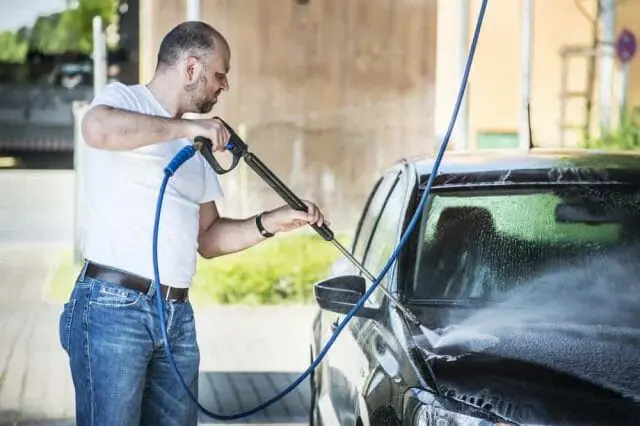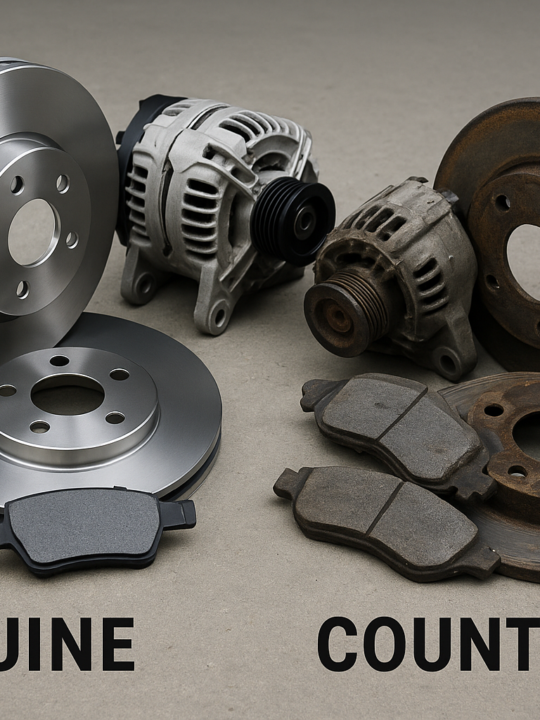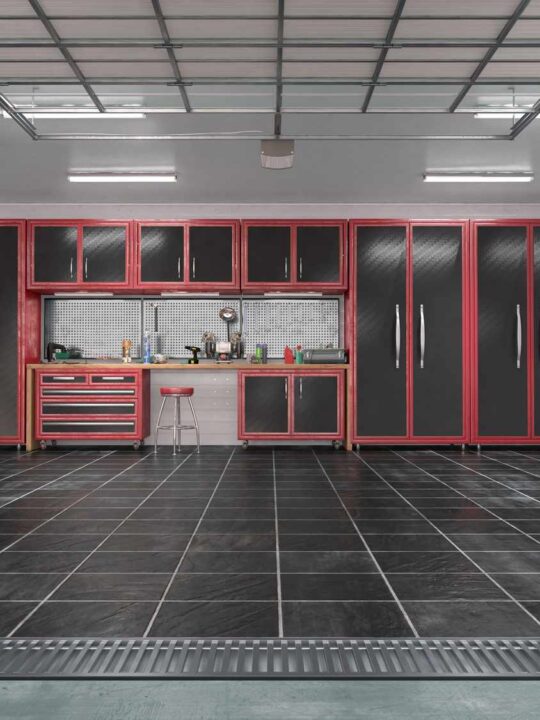
Table of Contents
Key Takeaways
- Understanding rust: why it develops and the conditions that cause it
- Learning ways to prevent rust and protect your vehicle’s value
- Exploring modern rustproofing techniques
- Recognizing signs of rust early and knowing how to address them
- The financial impact of rust compared to preventative care
What Causes Rust on Vehicles?
Rust is a common issue in vehicles, particularly in regions with heavy rainfall, snow, or salty sea air. It forms when iron in vehicle steel reacts with oxygen and moisture, leading to oxidation. If unchecked, rust can spread rapidly beneath paint and across metal components. Salt, used during winter, accelerates this reaction, making it more likely for rust to form. Salt lowers the freezing point of water but increases the metal’s conductivity, accelerating corrosion. Some vehicles are more susceptible due to their location and driving habits. For instance, cars driven on highways coated in de-icing agents or parked near oceanic salt spray face a higher risk. Proper and consistent care of your vehicle, which includes essential practices such as automotive paint protection, the application of specialized coatings, and regular routine cleaning, can significantly help limit the contact between metal surfaces and various environmental elements. This proactive approach ultimately reduces the risk of corrosion and helps maintain the vehicle’s appearance and integrity over time.
Why Preventing Rust Matters for Vehicle Longevity
Rust prevention is a crucial aspect of vehicle maintenance, not just for appearance but also for safety, performance, and long-term value. Rust weakens structural components, such as the frame, brake lines, fuel tanks, and wheel wells, compromising the car’s ability to withstand impact during accidents. Even modest rust can compromise safety features, lead to costly failures, and result in recalls if entire batches are affected. Preventing rust is also financially sound, as vehicles free from corrosion fetch higher resale or trade-in values and demand fewer repairs. In markets where rust is prevalent, buyers are more cautious about inspecting undercarriages and body panels, often rejecting vehicles with minor signs of corrosion. Investing in rust protection is not just about keeping a car looking sharp but also about protecting your investment for the long term.
Spotting Early Signs of Rust
Rust can be a subtle issue that can be costly and difficult to address. Regular visual inspections, especially after storms or long road trips, are crucial. Early indicators include small, raised blisters in paint near wheel wells, door sills, or trunk lids, which trap moisture beneath the paint’s surface. Brown, orange, or reddish stains along seams, moldings, or inside door frames often indicate rust below the visible surface. Areas where paint has flaked off or there are visible scratches can become entry points for moisture, accelerating the corrosion process. An unusual softness when gently pressing on metal panels can indicate advanced rust where the metal’s integrity has already been compromised. A prompt and effective intervention involving either paint protection film or rust inhibitors can potentially save homeowners and vehicle owners hundreds or even thousands of dollars in future repair costs. Additionally, such proactive measures can significantly prevent the affected areas from expanding and becoming larger and more complex to address in the long run.
Everyday Steps for Rust Prevention
Routine care is a simple and cost-effective way to prevent rust from forming. It involves regular washing, especially after driving on salty or slushy roads, with a focus on the fenders, wheel wells, and underside. Thoroughly washing the exterior and undercarriage is crucial, especially in winter and early spring when road salt is most prevalent. A high-quality wax can repel water and slow down oxidation. Quickly fixing chips and scratches is essential to prevent moisture from settling in. Keep drainage holes clear to avoid moisture from trapping inside, which can feed rust. Keeping your vehicle covered, either in a garage or using a high-quality car cover, reduces exposure to moisture and environmental contaminants. These small habits add up quickly, helping busy drivers guard their vehicles from the slow creep of corrosion with just a little extra care each week.
Professional Rustproofing Methods Explained
Professional rustproofing services are essential for vehicle owners in harsh environments, such as those with heavy snowfall, salty sea breezes, or high humidity. These services include undercoating, oil-based sprays, and electronic rust inhibitors. Undercoating involves spraying a protective sealant on the vehicle’s undercarriage, wheel wells, and lower body panels to resist chips, water, salt, and stones. Oil-based sprays inject oils or waxes into hard-to-reach spaces, forming a protective film that deters rust. Electronic rust inhibitors reduce oxidation by sending a controlled electrical current through metal parts, which some owners find worthwhile for the added peace of mind. New vehicles, including electric cars, are at the forefront of evolving rustproofing treatments, driven by increased owner expectations and longer car life cycles. Technology is shaping the future of car care, with a focus on preservation, as vehicles become a significant and long-term investment for households.
Do Different Climates Impact Rust Development?
The location of the vehicle significantly influences the risk of car corrosion. Coasters face salty air, while colders face road salt and spray. Humid or rainy regions have high moisture levels, allowing oxidation to begin even after a day. Pre-owned cars often travel across states, originating in rust-prone environments. Buyers should request service histories and underbody inspections to identify signs of previous exposure. Even vehicles in arid states can rust if they originated from or spent extended periods in states like Michigan or New York.







